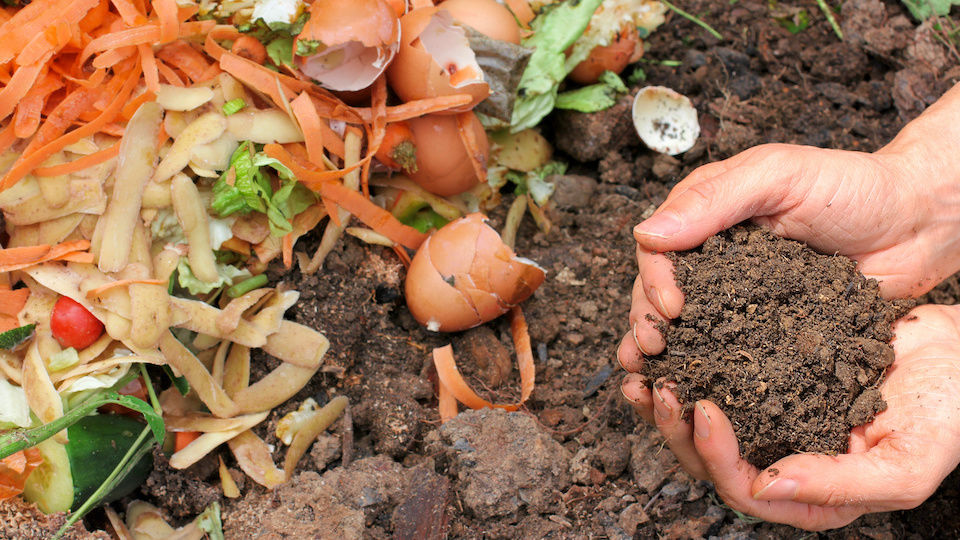It’s spring, and for many gardeners around the country, it is time to prepare garden beds and start planting. One of the best things you can do for your plants is to supercharge your soil with rich, nutrient-dense compost. Don’t have time for composting? Don’t fret; there is one really neat compost trick that takes little time and effort but pays off big – building up the soil and making nutrients available to hungry plants and beneficial critters deep inside the soil.
Dig and drop composting is a passive compost method and the easiest way to avoid a stinky, dirty compost bin and save tons of time.
Follow these 3 simple steps
Anyone can do this, and it works in deep raised beds and traditional garden beds alike.
Step One: Dig a hole that is 10-12 inches deep and as wide as you want
Step Two: Drop in food scraps and other organic matter
Step Three: Put the soil back on top of the hole
Benefits of dig and drop composting
- Space-saving – If you have a small yard, this composting method will save a ton of space.
- No smell – Traditional composting can sometimes give off an odor (even if done correctly). This non-offensive style of composting will keep you friends with your neighbors.
- Cost-effective – There is no need to construct a bin or invest in any special supplies. The only tool you need to dig and drop compost is a shovel.
- No waste -Because the material to be composted is deposited directly into the soil – there is zero waste.
- Little work – With traditional composting, you have to worry about ratios between brown and green, turn compost, and keep an eye on it. With dig and drop, there is no extra work – simply dig, drop, and cover.
- Efficient decomposition – When you bury scraps and material to be composted, it stays moist, and microorganisms have easy access, which means the breakdown is pretty quick. Most materials decompose within one to six months. Cutting up material to be composted into small pieces makes the process go even quicker.
- Pests are not a problem – With a regular compost bin, pests can become an issue. With buried compost, this does not happen.
- Improves soil structure – The dig and drop method of composting is really great for hard, compacted soil and improves water and nutrient retention.
Tips for success
- Collect scraps – Keep a small bucket with a lid in your kitchen to collect scraps. Bury them at least once a week or more frequently if you have a big family.
- Do bury – Leftover veggies, peels, eggshells, and other organic matter.
- Don’t bury – Meat or dairy products -this will cause rodents and even dogs to dig up your garden.
- Don’t compact – Be careful not to compact scraps as it is important to keep air spaces in to encourage oxygen.
- Watch neighboring plants – Be careful when you dig and drop that you don’t damage neighboring plant roots. Keep several inches away from nearby plant crowns to be safe.
- Bury deep – Be sure to bury food scraps at least 10 inches deep to keep animals pests at bay.
Try this
If you are planning a new open-bottom raised garden bed, dig and drop first under where you plan to build the bed. This will enrich the soil and bring loads of beneficial microorganisms to help you grow big and healthy plants.
Happy digging and dropping!
-Susan Patterson, CBHC and Master Gardener



